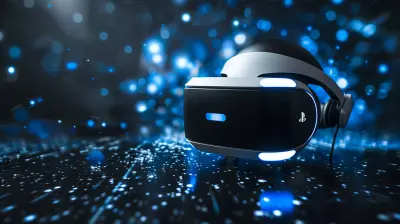How Horror Games Tap into Our Deepest Fears
12 November 2025
If you've ever played a horror game alone in a dark room, you already know it's a whole different beast compared to watching a scary movie. That spine-chilling sensation when something moves in the shadows? The sweat on your palms as you open a creaky door? It’s not just about jump scares—horror games are psychological thrill rides that mess with your brain on purpose. But have you ever wondered how they do it?
Let’s peel back the terrifying layers and dive into how horror games tap into our deepest fears—and why we (weirdly) love every second of it.
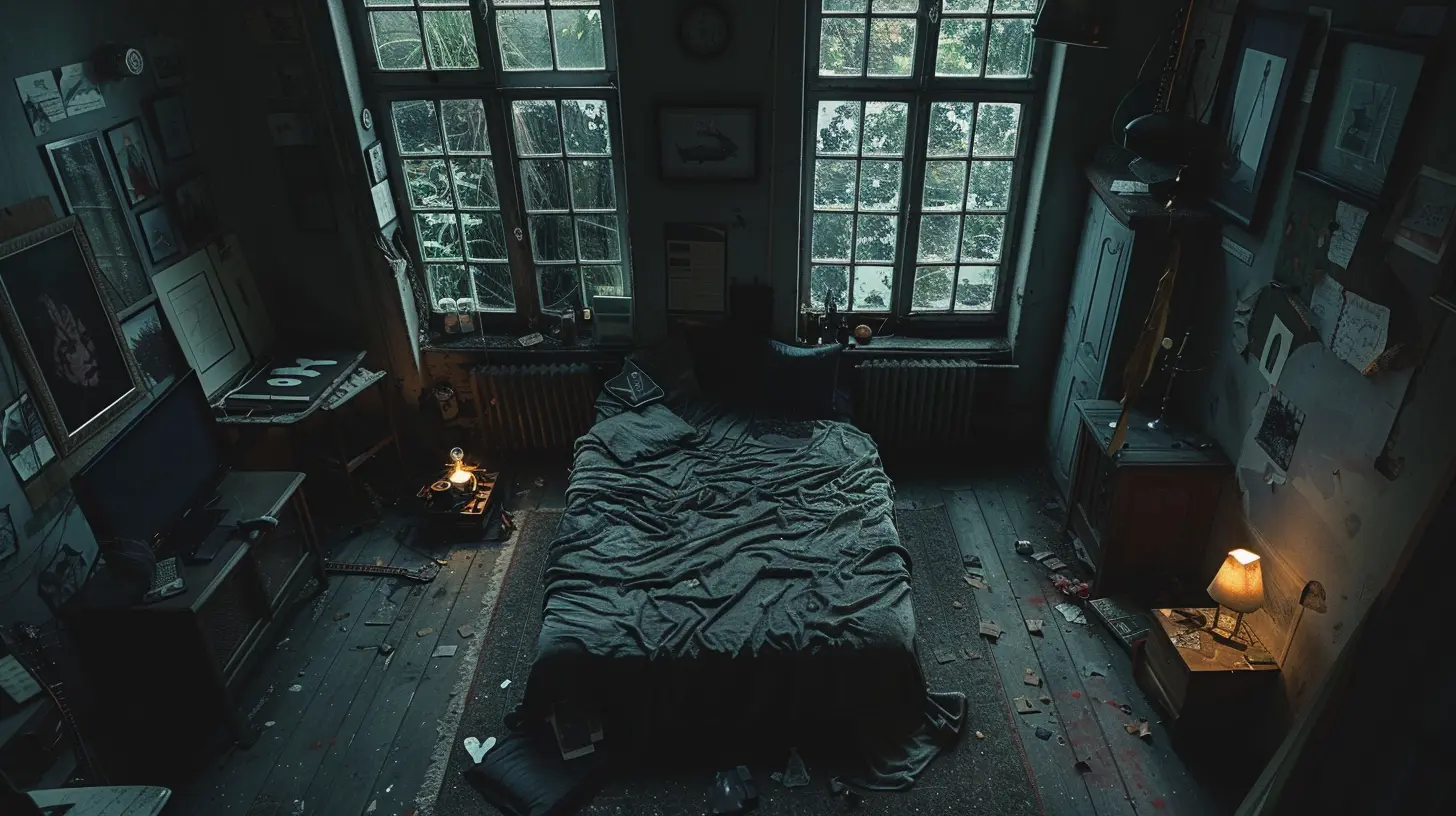
Why Do We Love Being Scared?
Before we get into the mechanics of horror games, let’s ask the obvious: why do people even want to be scared in the first place? I mean, fear is one of our most primitive survival instincts. It's designed to keep us safe, not entertained.But here's the twist: when fear is experienced in a controlled environment—like a game—it becomes thrilling instead of threatening. It’s like rollercoasters for your brain. You scream, you flinch, your heart races... but you're not in real danger. That rush of adrenaline? That’s your brain throwing a horror party. 🎉
So yeah, horror games scare us on purpose—but in a way we can't resist.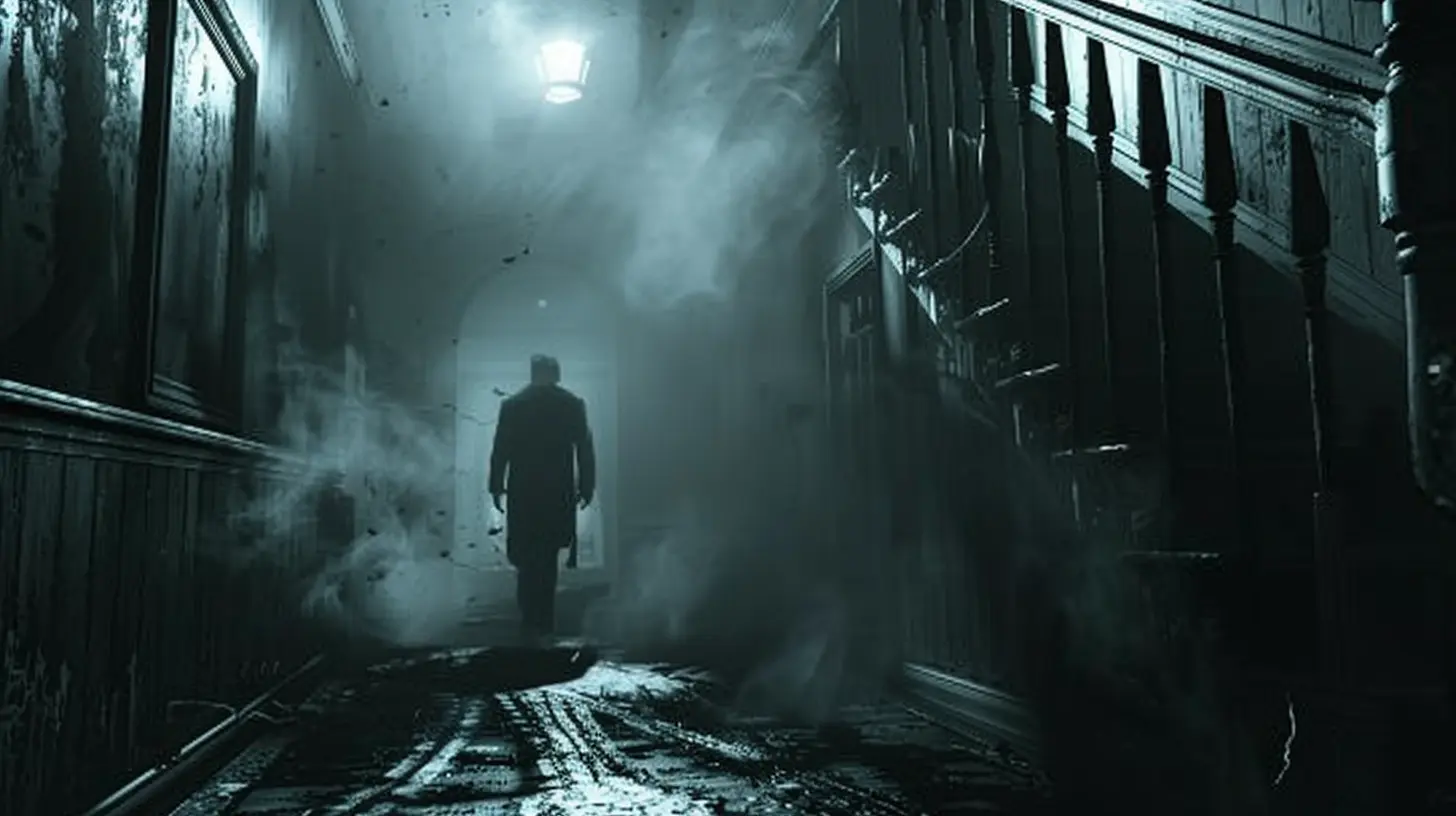
The Psychology of Fear in Games
Fight or Flight—Triggered on Command
When you’re running from a monster in a game, your body reacts just like it would in a real-life threat. Your brain doesn’t always distinguish between real danger and simulated danger. That’s wild, right?Your heart races. Your hands get clammy. You might even feel genuine panic. This is the fight-or-flight response doing its thing. Horror games are masters at flipping that switch by creating suspense, uncertainty, and sudden threats.
Immersion Makes It Personal
One big reason horror games are so effective? Player immersion. Unlike movies or books, games throw you into the protagonist’s shoes. You control their actions. You make the terrifying decisions. Every creak in the floor? That’s your problem now.When you interact with the world, it feels more personal. More real. And that makes everything more terrifying.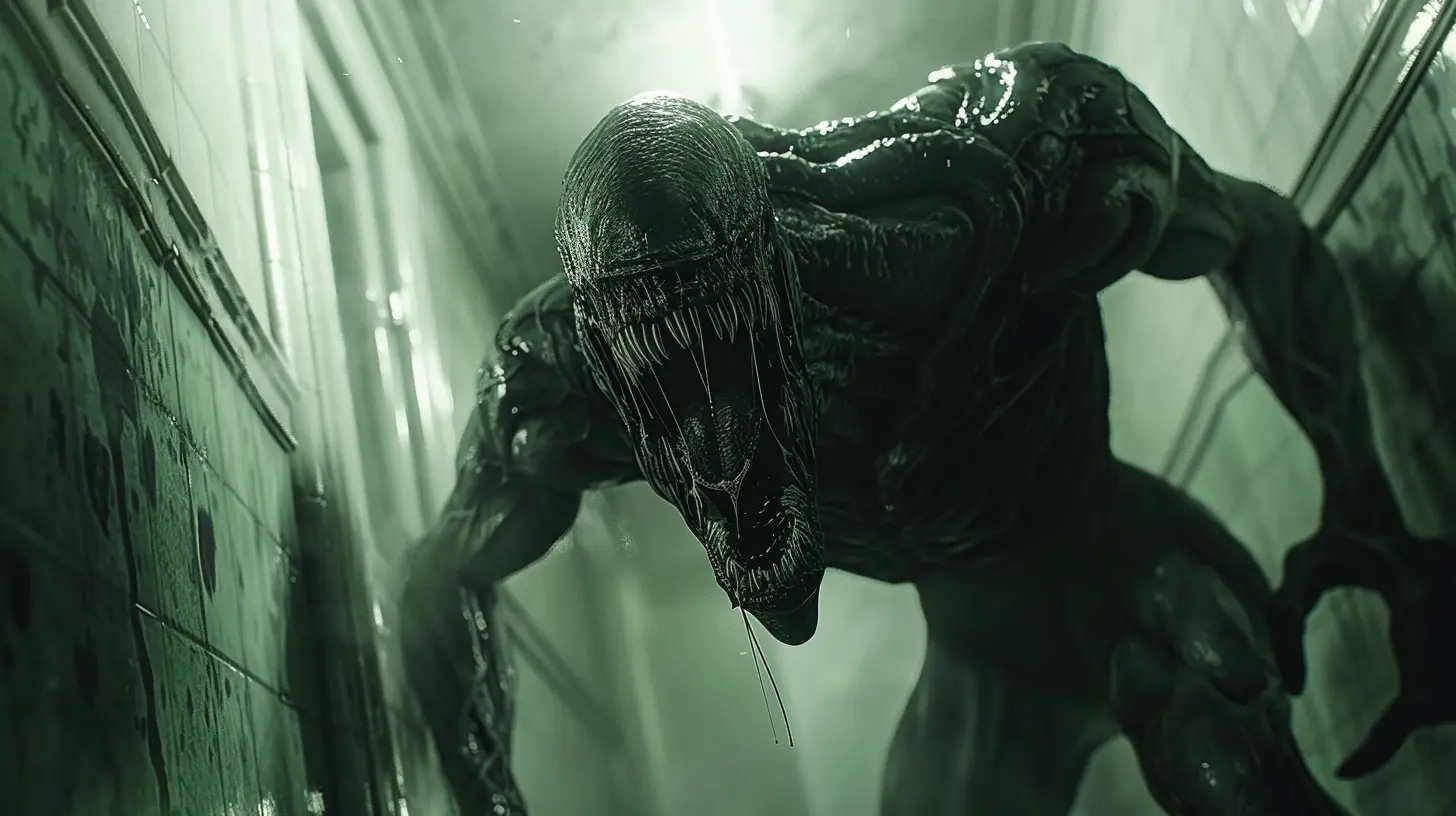
Fear Isn’t Random—It’s Hardwired
Horror games aren’t just making things up and hoping they work. They tap into fears that are baked into our DNA. Here are some clever tricks game developers use to activate those ancient instincts:1. Fear of the Unknown
This right here is the king of all fears. We’re hardwired to be wary of what we don’t understand.Games like Amnesia: The Dark Descent or SOMA thrive on this. They don’t throw monsters at you every five minutes. Instead, they let your imagination do the heavy lifting. And trust me, your mind is the most terrifying monster factory there is.
Low lighting, cryptic sounds, distorted visuals—they all make you uneasy because your brain is trying (and failing) to make sense of what's happening.
Tip: The less you know, the scarier it gets.
2. Isolation
Ever notice how horror games love to stick you in creepy, remote locations? Yeah, that’s not a coincidence.From abandoned hospitals (Outlast) to deep space stations (Dead Space), horror games thrive on making you feel alone and helpless. Humans are social creatures. Being cut off from others makes our fear dial go up to eleven.
When you're all alone with no backup, every sound matters. Every shadow is suspicious. And every step forward feels like you’re signing your own doom.
3. Helplessness
You ever play a horror game that doesn't let you fight back? Frustrating, right? But also terrifying.Games like Amnesia and Outlast strip away your power. No guns. No magic. Just you, your running shoes, and a whole lot of chaos.
This taps directly into our fear of being overpowered. When a game removes your ability to fight, it forces you to feel vulnerable—just like prey being stalked.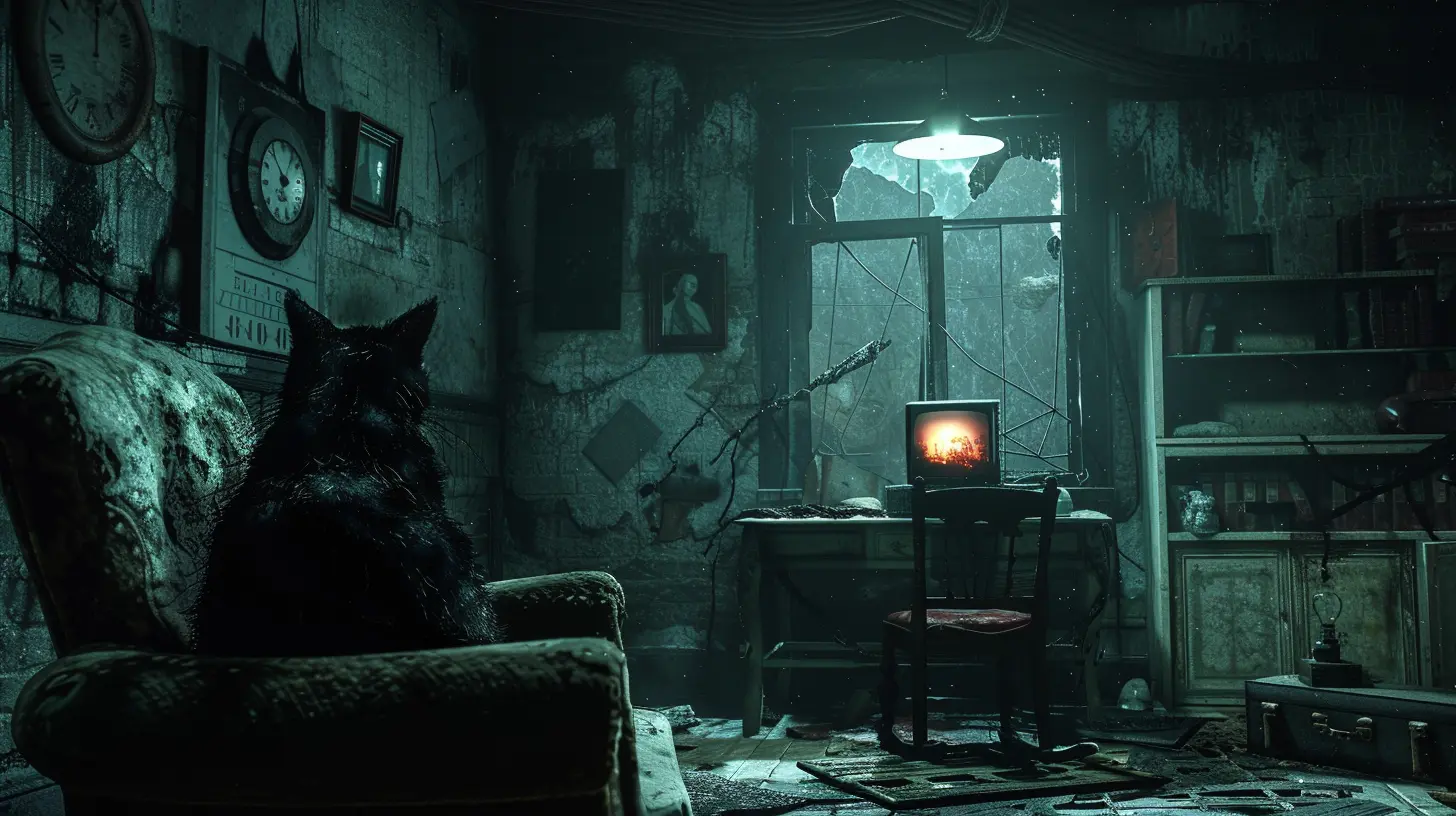
Sound: The Secret Weapon of Horror Games
Let’s talk about audio. Because if horror games had a secret sauce, this would be it.Ever noticed how the scariest parts of a game are sometimes the quietest? That eerie silence followed by the creak of a door or a distant scream? That’s not accidental. Sound design in horror is meticulously crafted to keep you on edge.
Here’s how sound is used to freak you out:
- Dynamic music that escalates as danger approaches (often before you even know there’s a threat)
- Whispers, growls, and ambient noises that make your skin crawl
- Sudden bursts of noise after long silences (hello, jump scare!)
Even your own breathing or footsteps are often amplified to make you hyper-aware of your surroundings. It’s like your headphones are whispering, “Something's right behind you…”
Visual Design That Plays with Your Brain
It’s not just the sounds. The visuals in horror games are crafted with psychological intent. Developers use a bunch of visual tricks to crank up the creep factor:Limited Lighting
Doomy hallways, flickering bulbs, pitch-black forests—darkness is a staple of horror. And not just because it looks cool.Low visibility means you’re constantly second-guessing what you saw. Was that a shadow or a silhouette? A flicker or a figure? Your brain starts filling in gaps with worst-case scenarios.
Distorted Environments
Sometimes the horror comes from reality itself breaking apart. Games like Silent Hill excel at this. Walls may bleed, furniture may float, hallways may twist into impossible shapes. It’s deeply unsettling when the world itself doesn’t play by the rules.This taps into our fear of losing control and our grasp on reality. And when the game world bends and warps like a nightmare, you’re the one stuck inside it.
The Monsters Aren’t Just “Scary Creatures”
Think about your favorite horror game monster. What makes them terrifying isn’t just how they look—it’s what they represent.Many monsters in horror are metaphorical. They symbolize trauma, guilt, disease, or fear of death. Silent Hill’s Pyramid Head? Not just a big spooky guy with a knife—he’s a visual representation of the protagonist’s guilt and desire for punishment.
These subconscious themes make the monsters hit way harder because they feel personal, not just dangerous.
Jump Scares vs. Dread: The Long and Short of Fear
Not all fear is built the same. Horror games use a mix of two major techniques:Jump Scares
Quick, loud, sudden. You don’t see it coming, and it jolts your system. Games like Five Nights at Freddy’s are packed with these. They’re cheap but effective—like getting zapped by a cattle prod.Sustained Dread
This is the slow burn. The creeping feeling that something is off. The longer nothing happens, the more nervous you get. Games like Resident Evil 7 build tension over time, making every corner feel like a potential death trap.A good horror game blends both: sudden scares to spike your fear, and slow dread to keep you on edge the whole time.
Choice and Consequence: Fear of Failing
Most horror games put a lot on your shoulders. Your decisions matter. Got the wrong key? You're locked in with a monster. Took the wrong turn? You walked straight into a trap. And if you die? You might have to start over or watch your mistake haunt you.That pressure adds another layer of fear: the fear of making the wrong choice.
It’s like being in a nightmare where every move is a gamble—and the stakes are your sanity.
Multiplayer Horror: Shared Screams Are Still Screams
Horror used to be a solo experience—but not anymore. Games like Phasmophobia and Dead by Daylight have turned it into social terror.And somehow, playing horror with friends can be even scarier. Why? Because now you’re watching people scream, panic, and make terrible decisions right in front of you. The tension spreads like wildfire.
Plus, there’s something unnerving about being hunted by another player, especially when they know how to mess with your head.
How VR Is Changing Horror Forever
If horror games were scary before, Virtual Reality takes it to a whole new level. You're not just seeing the horror—you’re in it.Imagine turning your head and seeing a ghost standing next to you. Or hearing a whisper right in your ear. Yeah. VR horror is intense. It messes with your senses and leaves nowhere to hide.
The future of horror gaming? Immersion so powerful, it might just make you throw your headset across the room.
Final Thoughts
From ancient instincts to modern monsters, horror games understand fear better than any other genre. They mess with your senses, crank up your anxiety, and throw you into situations that feel all too real.But maybe that’s why we keep coming back. Because deep down, we want the chills. We want to feel alive. And horror—when done right—delivers that in unforgettable, heart-pounding ways.
So the next time you boot up a horror game and feel those icy fingers creeping up your spine... just remember: the game knows exactly what it’s doing. And it's loving every scream.
all images in this post were generated using AI tools
Category:
Gaming CultureAuthor:

Emery Larsen
